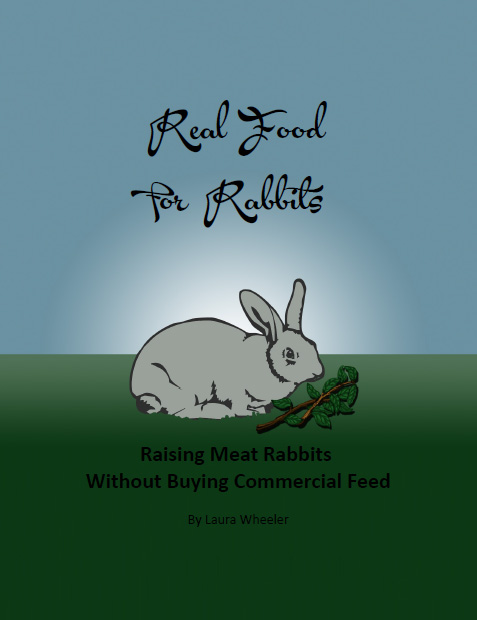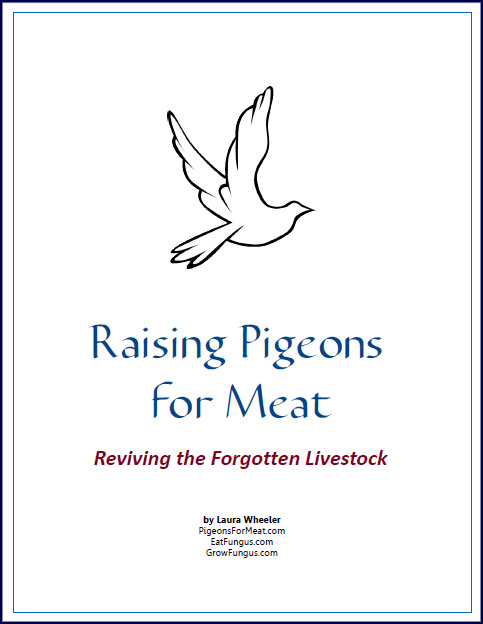Ducks
Call Duck
Full of rounded cuteness, the Call duck was originally developed to be useful for hunters. Their loud and chatty voices were a practical trait - the Call duck would be staked on the edge of the marshes to attract wild ducks. Of course, those loud and chatty voices have also been the cause of some contention between neighbors when Call ducks were kept in close quarters.
Call Ducks are fairly good layers if fed right, and will brood their own eggs. They are not the most prolific source of eggs, but they do have more digestible eggs than larger duck breeds. They can produce a small and tasty two-serving table bird also. Call Ducks are small enough to be able to be raised in areas where larger ducks are not practical.
The fertility has not been bred out of them, and once they get used to foraging, they forage very well. They are fairly vulnerable to predation, so you need to protect them well. They fly well, so take that into consideration when creating your space for them.
Call ducks are one of the most salable of all ducks, for hatching eggs, and live juvenile or adult ducks. There is a smaller, but lucrative market for breeding stock also. Some breeders say that they sell every duck they have available for sale, and cannot keep up with demand for them once people know they have them. If you allow people to come onto your farm, Call ducks sell simply by reason of their small size and adorable appearance, making them an excellent choice for profit farms from both a practical stance, and revenue stance.
- Type - eggs and llimited meat production
- Size - Bantam
- Production Capacity - 100 or more eggs per year (depending on management), and double serving of meat
- Special Features - The loudest and most talkative of all ducks
- Best for Farms - great for microfarms where noise is not an issue, and for profit farms which intent to sell livestock
- Eggs, Milk, Meat Features - small white eggs that are more digestible than other duck eggs
- Other Products - not applicable
- Historic or Contemporary Significance - a decoy duck that also has utility characteristics
- Housing and Space Requirement - typical for Bantam duck, they can tolerate confinement, but prefer to have space to play
- Regional Adaptations - adaptable to a range of conditions
- Feed Requirement - Call ducks are more influenced by diet for reproduction and egg laying. Greens and sprouted grains are especially important for them, as much as they will eat.
- Other Considerations - Call ducks are considered by most to be a pet duck or show duck. Be considerate of those who flinch at the mention of eating a cute little thing. It is also important to cull for defects with this breed, and to select for Bantam size.
A NOTE ABOUT DUCKS:
Other than the Pekin, most ducks are struggling to maintain sufficient numbers to keep the breed thriving. Ducks have fallen out of favor in recent years due to analysis of feed consumption to meat production statistics.
Ducks require more feed to produce a pound of meat than chickens do, and since farmers have adopted a consumer attitude about animal feed, every pound of feed translates into a dollar cost - something that was not the case when animals foraged more for themselves, and farmers could feed all poultry the same, and the animals themselves would make up the difference by their own efforts.
Many small farmers now fail to realize the strength of the duck in the barnyard. Ducks are hardy, many are very prolific, and they forage like nobody's business when given something to forage ON - they'll eat grass, weeds, bugs, grubs, and some will even go after small snakes and rodents, and they'll forage on anything in the water.
Ducks are cautious and suspicious of what is not familiar, but if given the opportunity and encouragement to forage (refrain from overfeeding, so they have a reason to forage and try new things), they will be avidly hunting their own food within a few days of being put out on range. A few ducks in your yard or pastures can reduce fly and mosquito populations to an astonishing degree. They are also great to rotate through pastures to remove parasites for cattle and sheep, since those parasites do not harm ducks, and they'll eat them as quickly as they'll eat bugs.
We love ducks, in part for their ability to be trained and the ability to herd them. Ducks cluster together any time there is a disturbance, so they herd easily if you have a couple of people, and herding poles to extend your reach as you guide them. This makes it easy to move them from area to area. They also train easily, by scattering a little scratch feed where you want them to go out in the morning, and herding them back to a bit of feed in the evening in a pen or duck house. Three days of that, and they'll be waiting for you to let them out in the morning, and to let them in at night!
Good home raised duck meat is excellent, and the butchering scraps from them are helpful for feeding dogs, cats, and pigs. They have especially good livers, and duck fat is a useful fat to have on hand.
Most ducks require only a kiddie pool for water, and can make do with a dishpan of water - they require enough to wet their bills. Some prefer to mate on water, so they'll be more productive if they have sufficient water to swim. If provided with a pond that is not infested with snapping turtles or other water predators, ducks can also get a lot of their food from a pond that has been sown with duckweed, and some fish and freshwater shrimp.
Predation is more of an issue with ducks than with some other poultry because they do not defend themselves well against predators, and the ability to fly has been bred out of most. Putting them on pasture with other poultry may be helpful in reducing predation, and if it is a major problem in your area, choose ducks that can still fly, or which have dark broken colors that help to camouflage them.
Duck breeds have some of the same issues with productivity and loss of utility traits, in part because so many breeds have been corrupted by being relegated to show birds. A few of them have been bred to obscene proportions in the quest for trophies from judges who have a distorted sense of what is worthy of praise. Rouens and Aylesbury, specifically, have been bred with disproportionately large keels so that they have trouble breeding naturally, but some older bloodlines still exist, and these breeds are in need of restoration, and other breeds are in need of utility use and breeding in order to keep them from meeting the same fate.
Ducks natively have a diet very high in meat proteins, a thing which most people do not realize. In the wild, they forage on all kinds of small animal life, in addition to greens, grains and seeds, fruits, vegetables, and aquatic plants and animals. Ducks truly ARE omnivores, and if you are having issues with fertility or health, increasing their access to natural forms of animal protein and fat is a primary method of improving both.
When you work WITH the strengths of the duck, instead of trying to turn him into a production line chicken, he produces excellent meat, terrific eggs, and does so with surprisingly little input from you!
Duck eggs are great for baking, and range in size from small chicken egg size, up to extra large and bigger. The egg whites are clearer, and have more, oh, I don't know what it is called, but more elasticity, I guess. So they whip up stiffer, and hold cakes and muffins higher. They boil up a little rubberier than chicken eggs.
Rare duck breeds listed here are generally available from Dave Holderread, a Conservation Breeder who produces good quality stock. It is not cheap, but it is bred to retain utility traits, and to APA standards. He is a consciencious breeder who is trusted throughout the US to produce high quality stock.
 Click to Download Your Free Heritage Pickling and Culturing e-Book Now!
Click to Download Your Free Heritage Pickling and Culturing e-Book Now!
Instant Download, NO Registration Required!






